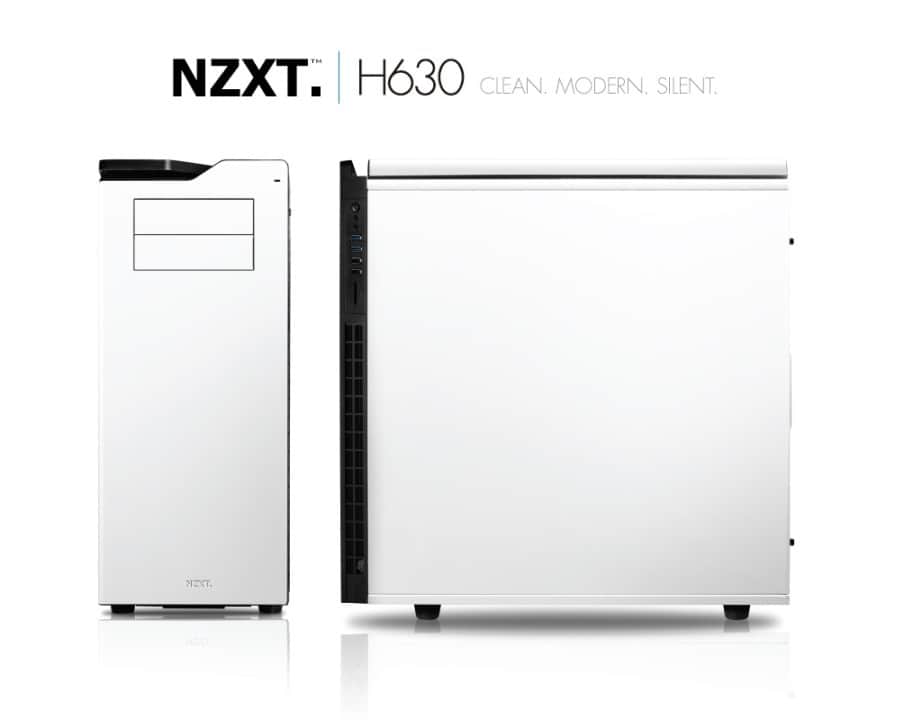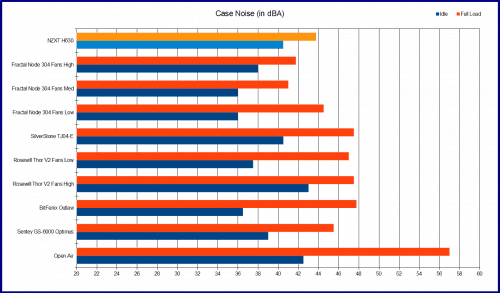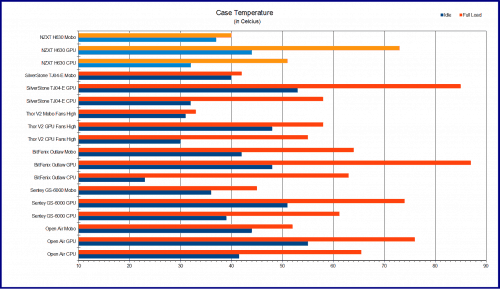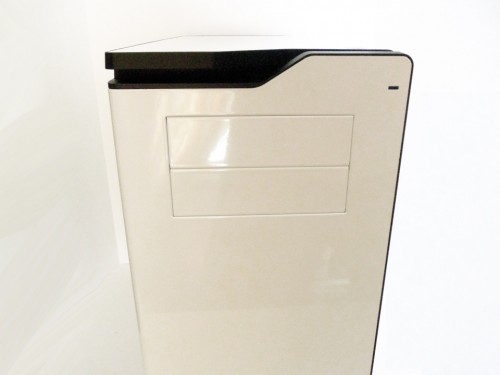Test System Setup
The test system here will be a little different from the one you are used to seeing in previous reviews. I am introducing some new goodies sent to me by Be Quiet! that you will be see in future reviews including another one I am working on now. For this review though, I am using my personal system for the testing of the NZXT H630. This also gave me the opportunity to live with the case for a few weeks and really get to know it.
Hardware:
- CPU: AMD FX-8350 Vishera 8-core
- CPU Cooler: Gelid GX-7 with Dual Fans and AMD Stock Cooler
- Motherboard: GIGABYTE GA-990FXA-UD7 AM3+
- RAM: G.Skill Ripjaw X 8 GB 2133 MHz (9-11-10-27)
- Graphics Card: Nvidia GTX 770 2GB
- PSU: Antec HCP 850 Watt 80+ Gold
- SSD: OCZ Agility 4 (512 GB)
- HDD: Western Digital 2 TB Black (WD2002FAEX)
- Case: NZXT H630
Software:
- Windows 7 Pro 64-bit with all latest updates
- Battlefield 4
- Metro 2033: Last Light
- OCCT
- FurMark GPU Stress Test
- AIDA64 Extreme Edition
- Nvidia Drivers 331.40 Beta
Now that we have the formalities out-of-the-way,we’ll be going into both noise and temperature tests that help define whether this case, as a whole, will be a good home for your next build. Especially if you are looking to justify spending a little more cash on a case like this. Is there really a big difference compared to budget cases from NZXT or anyone else for that matter? Lets find out.
Acoustic Performance
Performance here needs to be taken with a grain of salt. The new Nvidia GTX 770 is louder than the AMD HD 6850 that we’ve been using for quite some time. Everything else about this build is the same including using the AMD stock cooler for the FX-8350. Lets see how the NZXT H630 holds up.
The NZXT H630 manages to keep the noise under control at full load with little change in audible noise. In fact, we could not tell a difference in the noise at idle and full load at all. After further investigation we found almost all the noise was being generated by the rear exhaust fan, which we had mentioned earlier. The case noise actually drops 10 dBA when the rear case fan is disconnected. We think NZXT should consider including silicone grommets for this fan to reduce vibration. Another option is to include a quieter fan that moves more air.
Thermal Performance
Many cases designed for low noise do so by sacrificing cooling performance. Lets see if the NZXT H630 falls into this pitfall.
Comparing the temperature of the CPU at full load shows the NZXT H630 coming in on top when compared to all the previous cases I have reviewed. On the other hand the motherboard temperature falls into the middle of the road which is not good or bad. While we included the figures for GPU temperature, the comparison is not really fair. The H630 does allow the Nvidia GTX 770 to stay within normal operational range (below 80°C) at stock though.
The NZXT H630 doesn’t have the best temperature management, but clearly has not cut any corners here either. It is good to see you can still include parts that generate a lot of heat and the H630 can help you tame them. It is just an added bonus that it also keeps the noise level down at full load.
Final Thoughts
The NZXT H630 is not the quietest case we have reviewed but it is definitely one of the most well built. We initially did not believe the sound damping material was working as there was a low mellow, but noticeable noise when I first turned the system on. It is not until the system is under a heavy load that the H630 has a chance to shine when you notice that the sound coming from it has not changed at all.
The only things we can complain about is that NZXT should have included some silicon grommets for the rear fan to lower noise (or included a quieter/higher airflow one). We would have also liked to have seen three 5.25″ ODD bays. The latter would have opened up a lot more options for the H630 even if it cost us 1 internal HDD slot. A loss no one would miss with the two additional 2.5″ drive trays behind the motherboard for your SSDs or the new generation of hybrid drives which combine a true SSD with a platter.
The MSRP of $149.99 and current pricing as low as $129.49 at the time of this writing puts it in league with a lot of great cases that have graced our pages over the last year. The NZXT H630 will have no trouble holding its own as it is very well-built with few weaknesses to speak of. If you are in the market for an Ultra tower case, this should be at the top of your list. Especially if you are looking for a quieter one.
Pros:
- Quiet at Full Loads
- Very well constructed
- Quality Paint job
- White Glossy case is finger print resistant
- Easy to work with
- Versatile internal design
- Plenty of Cable Management options
- Room for everything
Cons:
- Only two external 5.25″ bays
- Rear LED light rarely Useful
- Very heavy
- Only two fans included
Overall Score: 9.5 / 10.0
Help Us Continue to Improve Our Reviews By Leaving a Comment Below!





